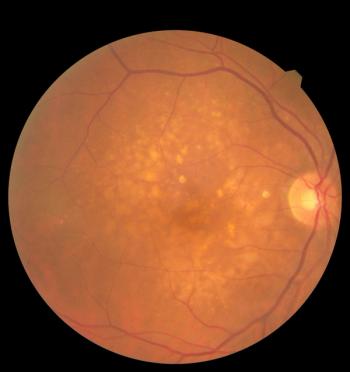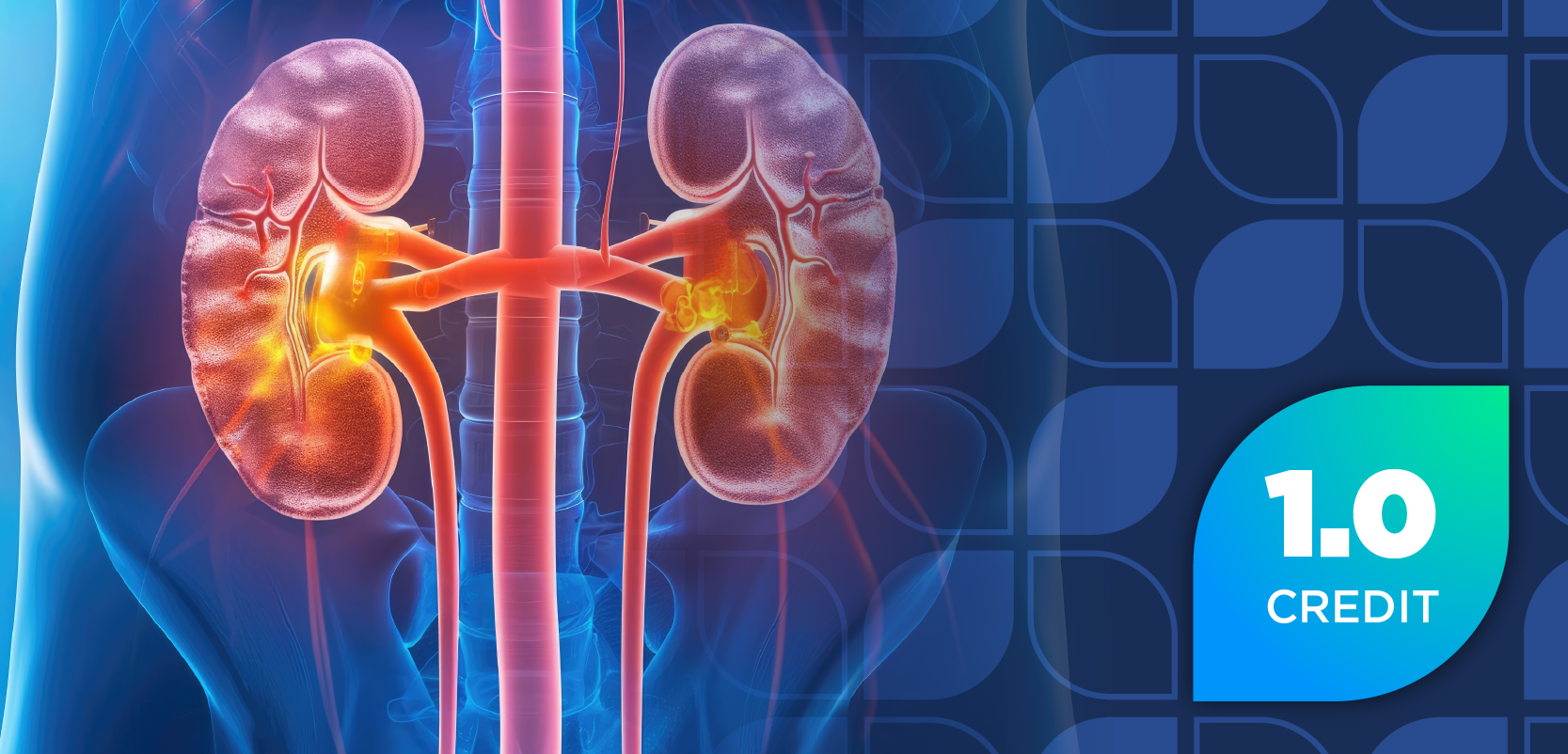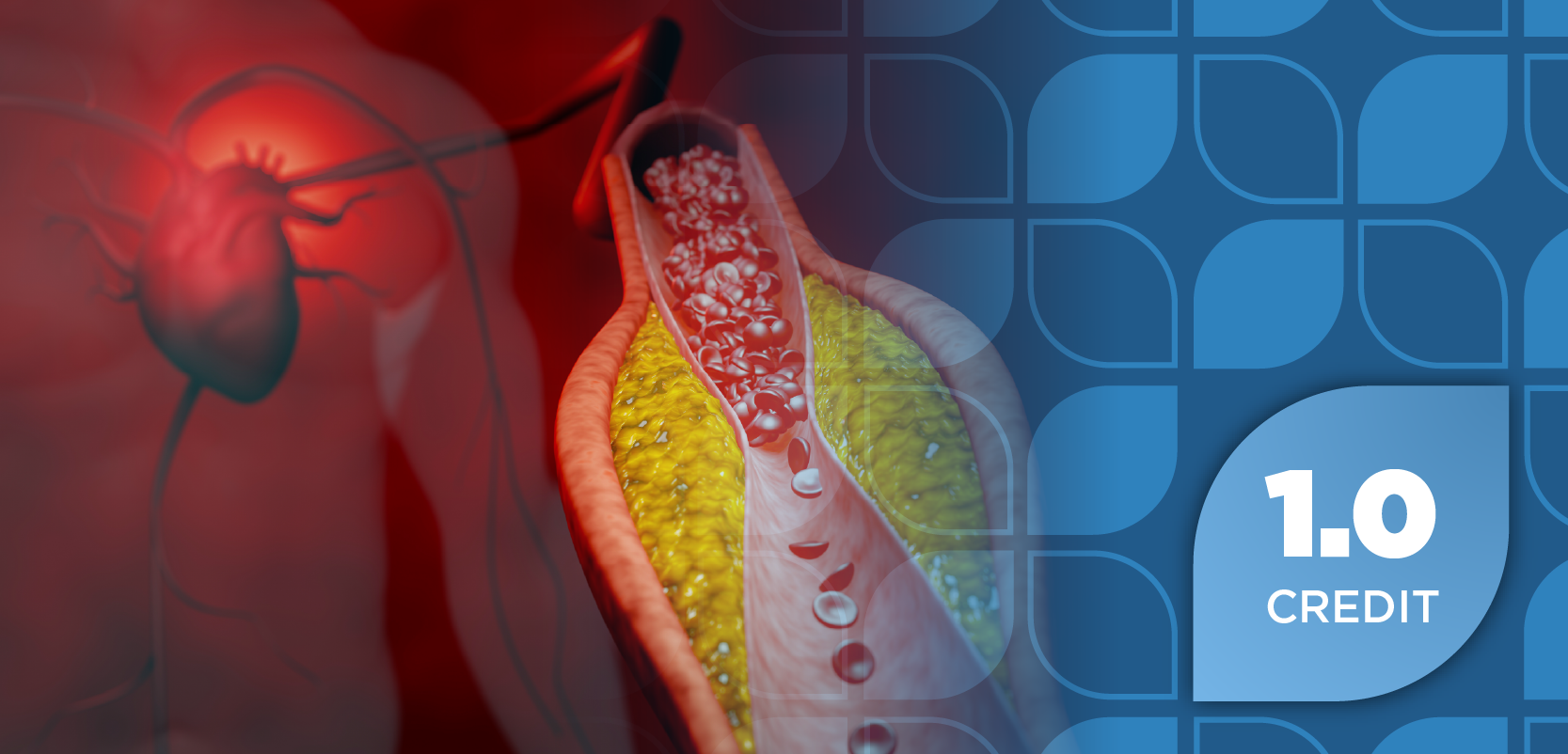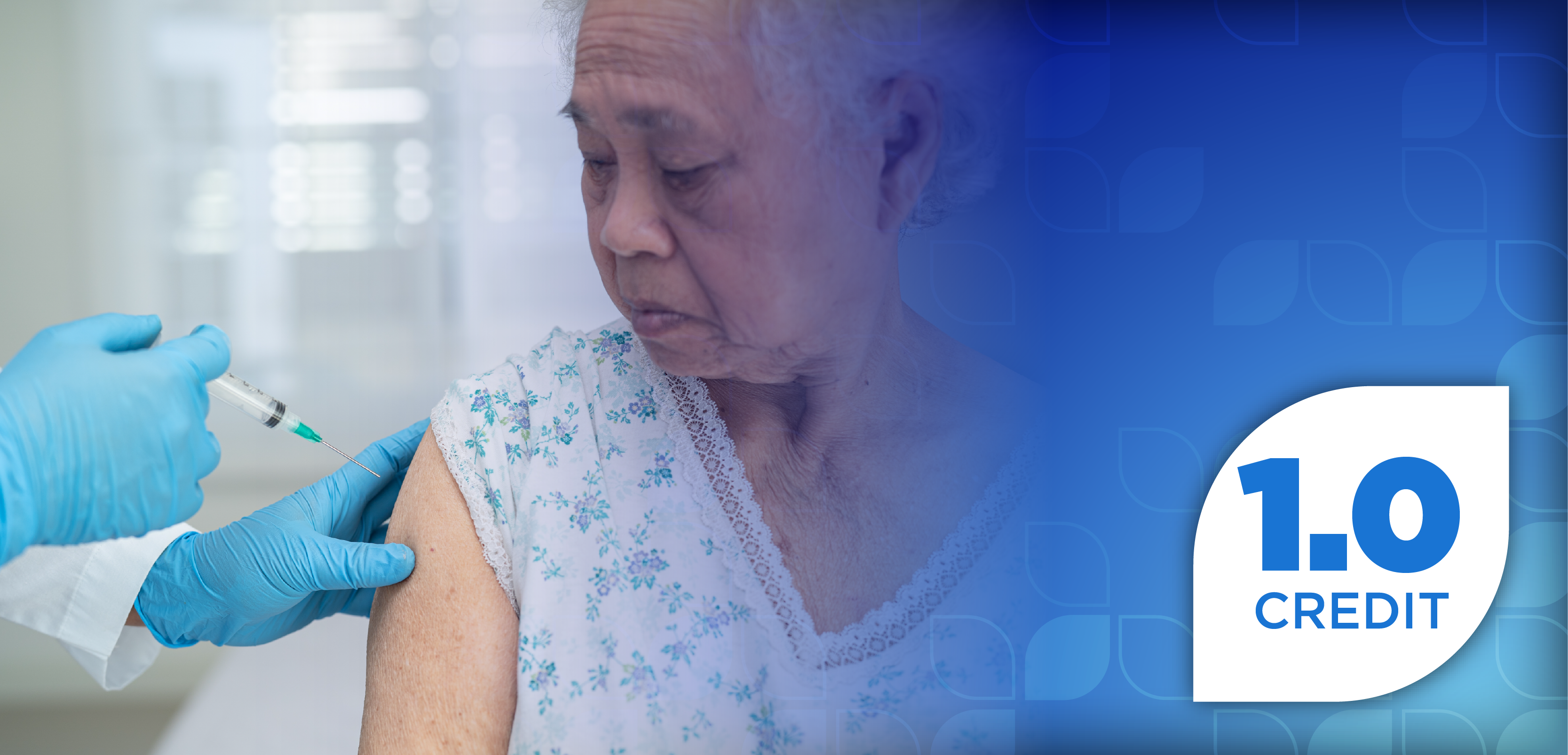
Study Finds Central Obesity Measures More Accurate for Assessing Colorectal Cancer Risk Than BMI
Key Takeaways
- Central obesity measures, like WC and WHR, may better indicate CRC risk than BMI, suggesting a need for revised assessment methods.
- The study found higher hazard ratios for CRC with WC and WHR compared to BMI, indicating stronger associations with central obesity.
Using central obesity measures provides more accurate estimates of the proportion of CRC cases attributable to excess weight compared to using BMI alone.
Colorectal cancer (CRC) has been linked to excess weight, often measured using the population attributable fraction (PAF) based on body mass index (BMI). However, new study findings published in JAMA Network announced that central obesity measures such as waist circumference (WC) and waist-to-hip ratio (WHR) may be more accurate indicators of body fat distribution, suggesting that central obesity metrics are less likely to comprehensively reflect the proportion of colorectal cancer cases attributable to obesity.1
Previous research has demonstrated that excess body weight is connected to a greater risk of developing various types of cancer, including CRC.1 Individuals who are overweight or obese experience an increase in insulin and related hormones in the blood, which can boost cancer growth. Excess fat can lead to inflammation, which also contributes to cancer growth. Additionally, obesity is associated with type 2 diabetes, another risk factor for CRC.2
The study authors noted that in 2012, approximately 5.8% of global CRC cases in men and 7.0% in women were attributed to excess weight, with estimates around 11% in Europe. Given the rising rates of overweight and obesity, the PAFs are projected to be higher today and continue to increase in the future.1
However, PAFs for CRC linked to excess BMI could be underestimated, stemming from the fact that the risk connected with high BMI and CDC incidence is itself underestimated. To further evaluate PAFs of CRC cases that are attributable to high WC and WHR, researchers created a population-based UK Biobank cohort study comparing them to PAFs attributable to high BMI.1
A total of 458,543 individuals aged 40 to 69 years were included in the study from March 2006 to July 2010, and the analyses were performed between May and July 2024. The study authors noted that hazard ratios (HRs) and corresponding 95% CIs were calculated for BMI, WC, and WHR associations with CRC incidence. Additionally, the PAFs within 95% CIs of CRC cases attributable to high BMI, WC, and WHR were also measured. Analyses considered complete follow-up (0-14 years) and excluded early follow-up (2, 4, or 7 years) to account for potential prediagnostic weight loss.1
The results demonstrated that over a median follow-up of 11.8 years, a total of 5944 individuals developed CRC. HRs for CRC incidence were lower for BMI (1.23; 95% CI, 1.14-1.33) compared to WC (1.37; 95% CI, 1.27-1.49) and WHR (1.40; 95% CI, 1.29-1.51). These associations became similar after excluding the first few years of follow-up, suggesting potential reverse causality. The PAF for high BMI (9.9%) was substantially lower than for high WC (17.3%) and WHR (17.6%). After excluding the first 7 years of follow-up, PAFs became comparable, with 15.7% for BMI, 16.9% for WC, and 18.0% for WHR.1
“Our results suggest, however, that PAFs exclusively based on body weight cutoffs that have not been specifically defined for CRC risk might somewhat underestimate the fraction of CRC cases that may be attributable to higher weight. Apart from the overall higher levels of PAFs disclosed in our study, our findings are consistent with previous research regarding stronger associations and higher PAFs for colon than for rectal cancer and, in particular, for men than for women,” the study authors said in a news release.1
The findings suggest that using central obesity measures, like WC and WHR, provides more accurate estimates of the proportion of CRC cases attributable to excess weight compared to using BMI alone, emphasizing the importance of obesity management to prevent CRC.1
REFERENCES
1. Colorectal Cancer and Central Obesity. JAMA Network Open. News release. Published January 16, 2025. Accessed February 20, 2025. https://jamanetwork.com/journals/jamanetworkopen/fullarticle/2829271?resultClick=1
2. Diet, Obesity, and Colon Cancer: Learn the Risks. Fox Chase Cancer Center. News release. April 2, 2024. Accessed February 20, 2025. https://www.foxchase.org/blog/diet-obesity-and-colon-cancer-learn-risks#:~:text=The%20link%20between%20obesity%20and,risk%20factor%20for%20colorectal%20cancer
Newsletter
Stay informed on drug updates, treatment guidelines, and pharmacy practice trends—subscribe to Pharmacy Times for weekly clinical insights.






































































































































































































